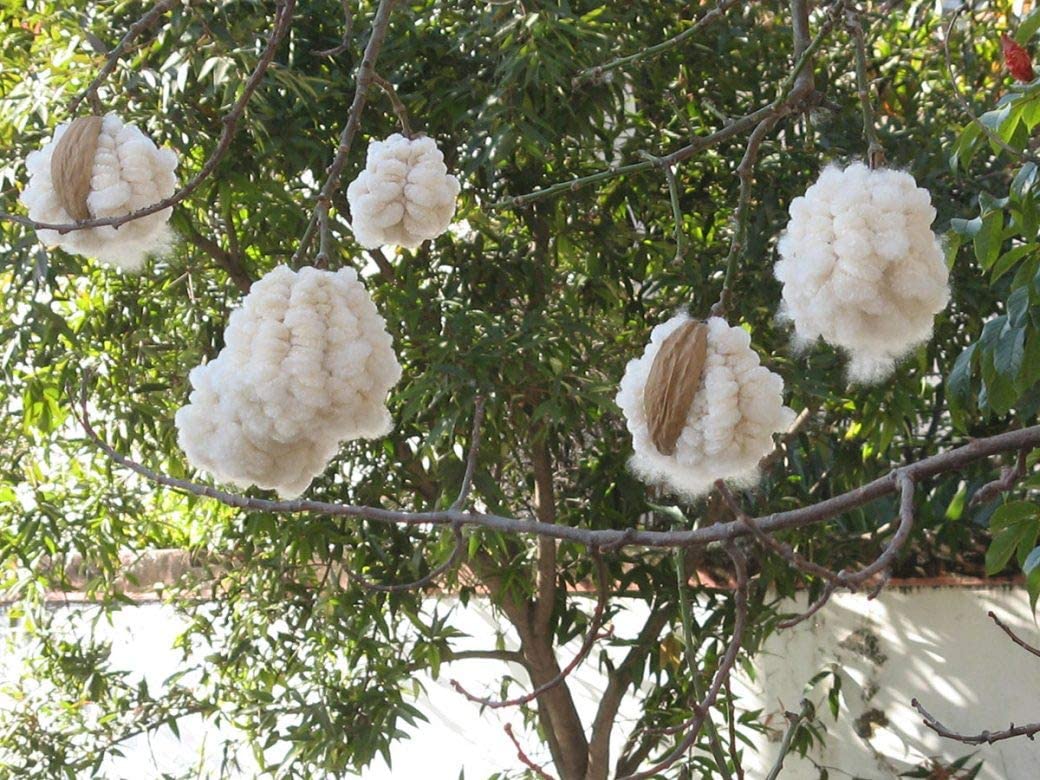
Kapok Fiber: Nature’s Renewable Solution for Eco-Conscious Living
As environmental concerns drive consumers and manufacturers to seek sustainable alternatives, kapok has emerged as a remarkable natural resource. This fluffy, cotton-like fiber, sourced from the kapok tree (Ceiba pentandra), offers numerous ecological and functional benefits that make it a valuable material in modern, eco-friendly products. Unlike traditional crops, kapok is harvested from trees that grow wild, requiring no agricultural input, making it a rare and precious sustainable material.
1. Understanding Kapok’s Origins and Cultivation
Kapok trees are commonly found in the tropical regions of Southeast Asia, Central and South America, and parts of Africa. These majestic trees, which can grow up to 70 meters tall, produce large seed pods that contain a silky fiber. Known for being an abundant and self-sustaining crop, kapok trees do not require pesticides, fertilizers, or irrigation. Kapok fibers are harvested sustainably, as the pods are collected by hand after they naturally fall to the ground, allowing the trees to continue thriving in their natural ecosystems.
2. The Environmental Benefits of Kapok
Kapok is inherently environmentally friendly, from its growth phase to its disposal:
- Zero Water and Low Resource Demand: Unlike conventional fibers like cotton, which is water-intensive, kapok grows without the need for additional water or fertilizers.
- Biodiversity Conservation: Kapok harvesting is a low-impact activity that supports local communities while preserving native wildlife habitats and forest ecosystems.
- Biodegradable and Chemical-Free: 100% plant-based and free from chemicals, kapok naturally decomposes, ensuring it doesn’t contribute to landfill waste or environmental pollution.
3. Functional Properties of Kapok Fiber
Kapok’s natural properties make it an attractive option for various industries seeking eco-friendly alternatives:
- Buoyant and Lightweight: As one of the lightest natural fibers, kapok is ideal for products that benefit from buoyancy, such as life jackets and flotation devices.
- Temperature-Regulating and Breathable: Kapok’s hollow fibers offer great insulation, making it perfect for bedding and clothing as it adapts to body temperature without overheating.
- Soft and Hypoallergenic: Free from chemicals and irritants, kapok is a hypoallergenic fiber, making it safe for those with sensitivities and ideal for items that require close contact with the skin.
- Water-Resistant: Naturally coated with a waxy layer, kapok repels moisture, which makes it resistant to mold and mildew and ideal for damp or humid environments.
4. Kapok’s Diverse Applications in Sustainable Products
Today, kapok is featured in a range of innovative products as manufacturers look to capitalize on its eco-friendly properties:
- Luxury Bedding and Mattresses: Kapok pillows, mattresses, and seat cushions provide natural comfort, softness, and breathability, appealing to eco-conscious consumers seeking alternatives to foam and polyester.
- Eco-Friendly Upholstery and Furniture: Lightweight yet supportive, kapok has become a favorite for bean bags, sofa cushions, and seating pads, offering a stylish, comfortable, and sustainable home décor solution.
- Eco-Conscious Packaging Material: Kapok’s cushioning and lightweight structure make it an excellent alternative to plastic-based packaging materials, helping reduce single-use plastics in shipping.
- Insulated Apparel: In combination with other natural fibers, kapok is used to create insulating layers in winter jackets, offering warmth without synthetic fibers.
5. A Vision for Kapok in the Future of Sustainability
Kapok offers an inspiring example of how natural resources can meet the demands of modern consumers while promoting environmental stewardship. As more industries recognize the benefits of sustainable sourcing, kapok is gaining attention as a versatile and responsible material that aligns with the values of today’s eco-conscious consumers. From bedding to apparel and packaging, kapok is showing how a naturally renewable material can support innovation in green products.
With its low-impact harvesting, biodegradable properties, and impressive versatility, kapok is set to play an increasingly prominent role in sustainable industries. As consumers continue to prioritize eco-friendly options, kapok’s potential to replace synthetic and water-intensive materials is a promising sign for a greener, more sustainable future.
Contact us :
☎️ : +6285933133244
📍 : Jl.Ir Soekarno, No.122, Dadaprejo, Junrejo, Kota Batu 65323
